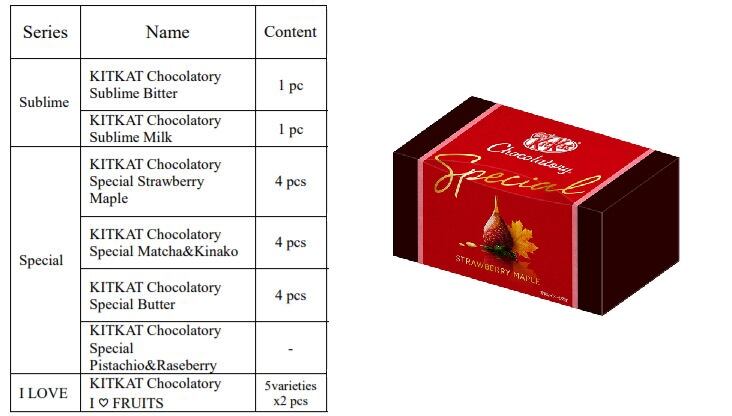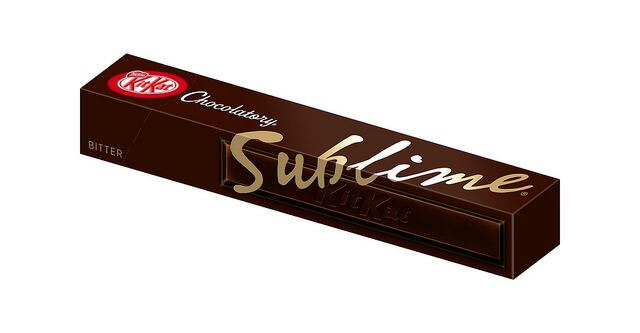The newly-built plant in Himeji adds production capacity beyond the firm’s chocolate factory in Kasumigaura in eastern Japan, which has produced KitKat in Japan for the domestic market since 1991.
The Himeji plant will meet increased demand at KitKat boutique stores and in e-commerce from local consumers and tourists, said Nestlé.
Existing factory at capacity
Takuya Hiramatsu, corporate affairs at Nestlé Japan, told ConfectioneryNews: “Sales for KitKat in Japan is growing every year. 2016 full year sales are about 1.5 times bigger than 2010 full year.
“The capacity is almost full, so we now will build a KitKat factory for the first time in 26 years and start operating from August 1, 2017.”
The Himeji plant will produce seven premium products under the KitKat Chocolatory range.

Nestlé launched KitKat Chocolatory – the world’s first premium KitKat product in 2014. The range is sold across seven KitKat boutique stores in Japan.
Nestlé said the Himeji factory will cater to future demand for KitKat and allow it to create line extensions.
Premiumizing KitKat
KitKat is Japan’s leading chocolate brand, according to Nestlé. The company says the brand’s popularity is growing not only among domestic consumers, but also with tourists to Japan looking to try novel flavors.
Nestlé produces 30 varieties of KitKat for the Japanese market including green tea, wasabi, purple potato and strawberry cheesecake flavors.

It has also previously produced local and seasonal flavors such as soy sauce and miso.
“Premiumization is one of Nestlé’s global key growth pillars,” said Hiramatsu. “For Japan, this is particularly relevant as we are operating in a highly saturated market environment.”
Domestic firm Meiji led the chocolate confectionery market in Japan last year with just a 12% retail value share in 2016, according to Euromonitor International data.
The small market share for the leading player differs to other markets such as China, where the leading player, Mars, accounts for around 40% of retail value sales.
Japanese consumer preferences
Hiramatsu said Japanese consumers are more sensitive to sweetness, so KitKat in Japan is less sweet than in other markets.
Nestlé also sells SKU KitKat “Sweetness for adults” (Otona no amasa) as a less sweet option for adult consumers, in dark chocolate and green tea.
Hiramatsu added Japanese consumers are concerned about getting chocolate on their hands and prefer smaller bite-sized options, so Nestlé has produced a smaller version of KitKat for the market.
Many Japanese consumers also prefer to try a large variety of flavors little by little, he continued.
Euromonitor predicts the Japanese chocolate confectionery market will register a +4% compound annual growth rate in retail value sales to reach ¥682bn ($6bn) in 2021.
